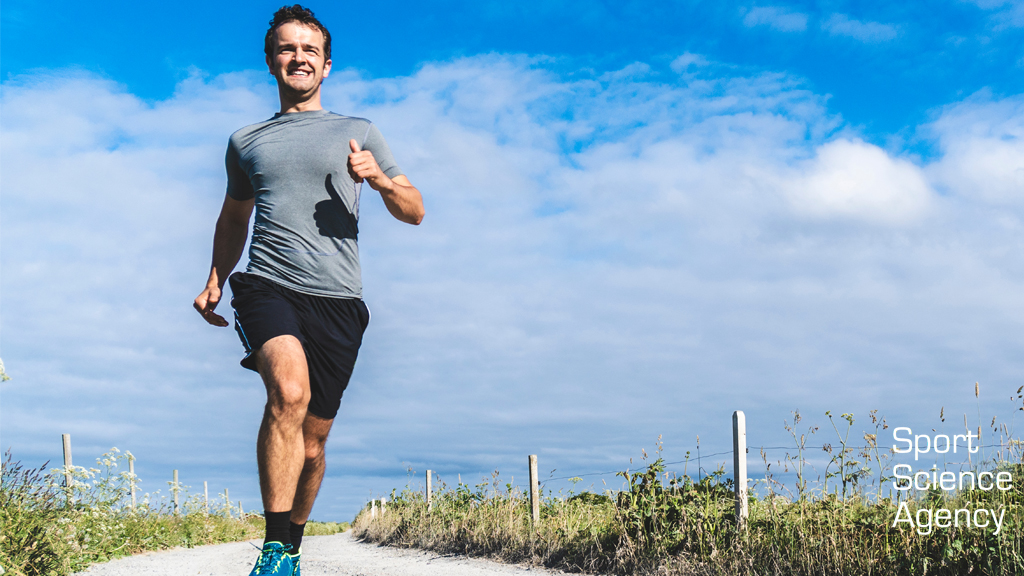As we approach the end of the year, our minds inevitably turn to new year’s resolutions. Health, exercise and activity are very often a premier focus. ‘I’m going to do more exercise’, I’m going to join the gym, ‘I’m going to run a marathon’ etc.
The proven benefits of an active lifestyle are many and varied. Those who maintain an active lifestyle continually report physical, mental and emotional advantages compared with matched groups of less active individuals. Conversely links between sedentary lifestyles and illness are overwhelming with obesity and diabetes now at the heart of public health messaging.
The scientific link between health and activity was established in 1953. Writing in the Lancet Dr Jeremy Morris showcased how bus conductors, who spent their working day walking and climbing the stairs of busses, outlived their sedentary driver colleagues. Since then, exercise for health has been a significant focus for health care systems and governments as they seek to establish appropriate guidelines to promote health.
In the 1970’s over 5,000 (average age of 48) men took part in one of the most famous research studies in public health history. The Copenhagen Study assessed a number of parameters, including fitness levels in the form of VO2max*. This year, Dr Johan Clauson and his team assessed the mortality rates of Copenhagen Study participants. The analysis separated the men into 4 groups ranking them from high to low, depending on their fitness levels (VO2max). After almost half a century, the results showed that those who were in the highest fitness group experienced almost 5 years of additional life.
Dr Clauson’s study marks a world first. They were able to show a dose response between exercise and mortality, rather than just health. Even more impressively the researchers were able to pin point the value of the dose response. For each additional unit of fitness, the men lived for an extra 45 days. While previous research has showcased the benefits of exercise and health, the focus on developing cardiovascular fitness rather than just being more active is an important distinction.
In the UK it is predicted that the average VO2max for a young adult male is 45(ml/min/kg). Sport scientists will consider you fit if your VO2max is over 55(ml/min/kg). At elite levels, athletes, triathletes, cyclists and rowers often score 70(ml/min/kg) and above with the highest levels ever seen in the low 80’s (ml/min/kg).
To develop cardiovascular fitness, particularly among already active populations, it’s important to train at an intensity sufficient to challenge the cardiovascular system. Generally, this threshold exists at around 85% of maximum heart rate. This means to benefit fully from exercise when in middle age, rather than focus on increasing the level of activity, increasing the intensity of the activity will have a significant benefit on both health and life expectancy.
Modern health practice tends to focus on risk factors such as high blood pressure, obesity, cholesterol and insulin resistance to predict health issues. However, this recent study coupled with a growing range of research is now showing that fitness testing can play a significant role as a credible indicator of health in later life. Traditionally, fitness testing has remained the preserve of elite athletes in high performance centres. The growing exercise and health focus, coupled with this new research, may act as the catalyst to push fitness testing outside elite sport and into the health world.
Brands and health providers have a huge opportunity to lead this transformation. Many health providers are already offering packages rewarding exercise and activity but fitness testing focusing on health and life expectancy is new concept. Counting steps, monitoring heart rate and tracking calories have all become normal in the health and fitness world. Why should fitness testing be any different?
This new research demonstrates the potential value of fitness testing’s ability to deliver new insight regarding health and life expectancy. Just imagine the brand power in helping people see into their futures. Then imagine being the brand at the heart of the message to help them shape it for the better.
Sport Science Agency helps brand tell their performance stories using the latest scientific research. If you want to know more and discuss how we can help you, just drop us a note via info@sportscienceagency.com and we can arrange to go for a healthy performance boosting drink.
* VO2max, is the rate at which the heart, lungs and muscles use oxygen while you are active.


